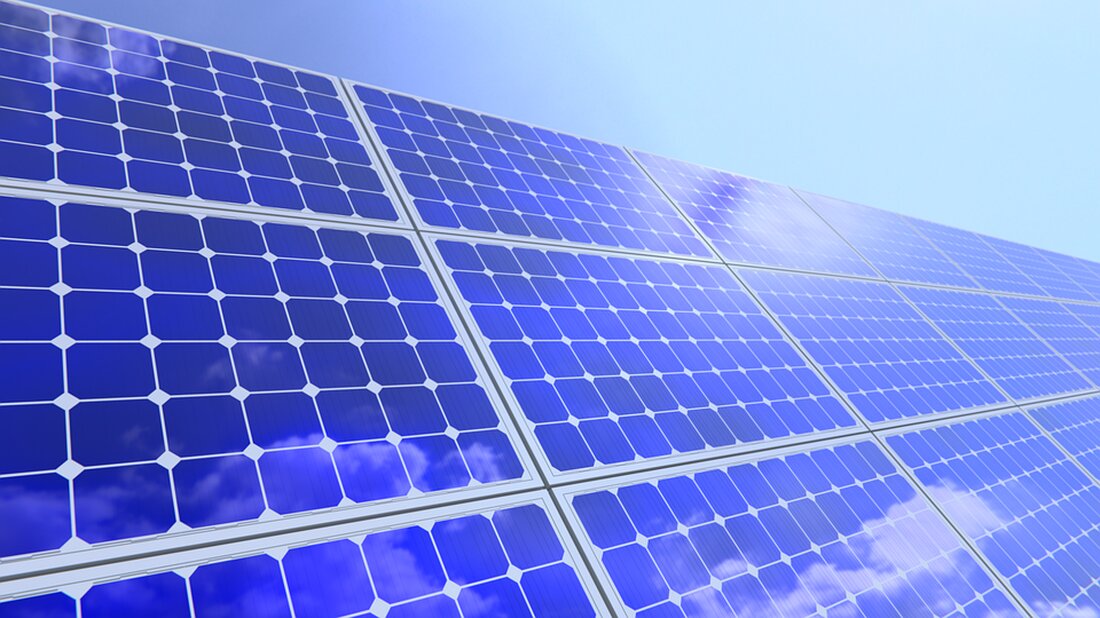Sustainable energy sources: From geothermal energy to hydropower
The world is on the brink of an energy crisis. With our growing energy needs and finite fossil fuel sources, the question is how we can meet our needs in the long term without destroying the balance of our planet. One of the possible solutions is the use of sustainable energy sources. These energies are clean, renewable and have the potential to reduce our dependence on fossil fuels. In this article we take a closer look at some of these renewable energies, with a focus on geothermal and hydroelectric power. Geothermal energy Geothermal energy is a renewable energy source that uses the heat naturally generated beneath the earth's surface. How does geothermal energy work? Geothermal…

Sustainable energy sources: From geothermal energy to hydropower
The world is on the brink of an energy crisis. With our growing energy needs and finite fossil fuel sources, the question is how we can meet our needs in the long term without destroying the balance of our planet. One of the possible solutions is the use of sustainable energy sources. These energies are clean, renewable and have the potential to reduce our dependence on fossil fuels. In this article we take a closer look at some of these renewable energies, with a focus on geothermal and hydroelectric power.
Geothermal energy
Geothermal energy is a renewable energy source that uses the heat naturally generated beneath the earth's surface.
How does geothermal energy work?
Geothermal energy is obtained by extracting hot fluid from the earth. This liquid is then used to create steam, which drives a turbine, which in turn drives a generator to produce electricity. The cooled liquid is then returned to the earth where it is heated again, renewing the process. Therefore, geothermal energy is not only renewable, it is also very sustainable.
Advantages of geothermal energy
Geothermal energy offers several advantages. Firstly, it is a reliable source of energy as it can be used regardless of the time of day or weather conditions. Secondly, it is environmentally friendly; it does not produce any direct greenhouse gases or other emissions. Finally, geothermal systems are relatively small and unobtrusive compared to other renewable energies.
Limitations and challenges of geothermal energy
Although geothermal energy has many benefits, there are also challenges. The biggest challenge is finding places where there is enough heat available to generate geothermal energy. Additionally, geothermal systems can be expensive to install and can cause geological problems such as earthquakes.
Hydropower
Hydropower, also known as hydropower, is another important renewable energy source. It is the largest source of renewable energy currently being used in the world.
How does hydropower work?
The most basic type of hydropower is the use of flowing water to turn a turbine and generate electricity. This can happen in a river or in a large hydroelectric power plant with a dam that impounds water and then lets it flow out to turn turbines.
Advantages of hydropower
Hydropower offers similar benefits to geothermal energy. It is reliable because it uses constantly flowing water, and it produces no direct waste or emissions. Hydroelectric power plants can also generate large amounts of electricity, often more than other renewable energy sources.
Limitations and challenges of hydropower
Challenges in the use of hydropower include the need for large areas (particularly for dams) and the associated ecological impacts. Dams can disrupt the natural flow of rivers and impact local ecosystems. Additionally, if they fail, they can cause devastating flooding.
conclusion
Geothermal energy and hydropower are just two examples of renewable energy sources that have the potential to meet our energy needs in a sustainable way. Both have their strengths and challenges, but when used effectively they can help reduce our dependence on fossil fuels and protect our environment.
It is important to remember that no renewable energy source alone can solve our energy problems. Instead, a diverse energy mix is necessary that maximizes each type's strengths and minimizes its weaknesses.
With continued research and development and the political will to invest in sustainable energy, we can hopefully find a path to a sustainable energy future.

 Suche
Suche
 Mein Konto
Mein Konto
